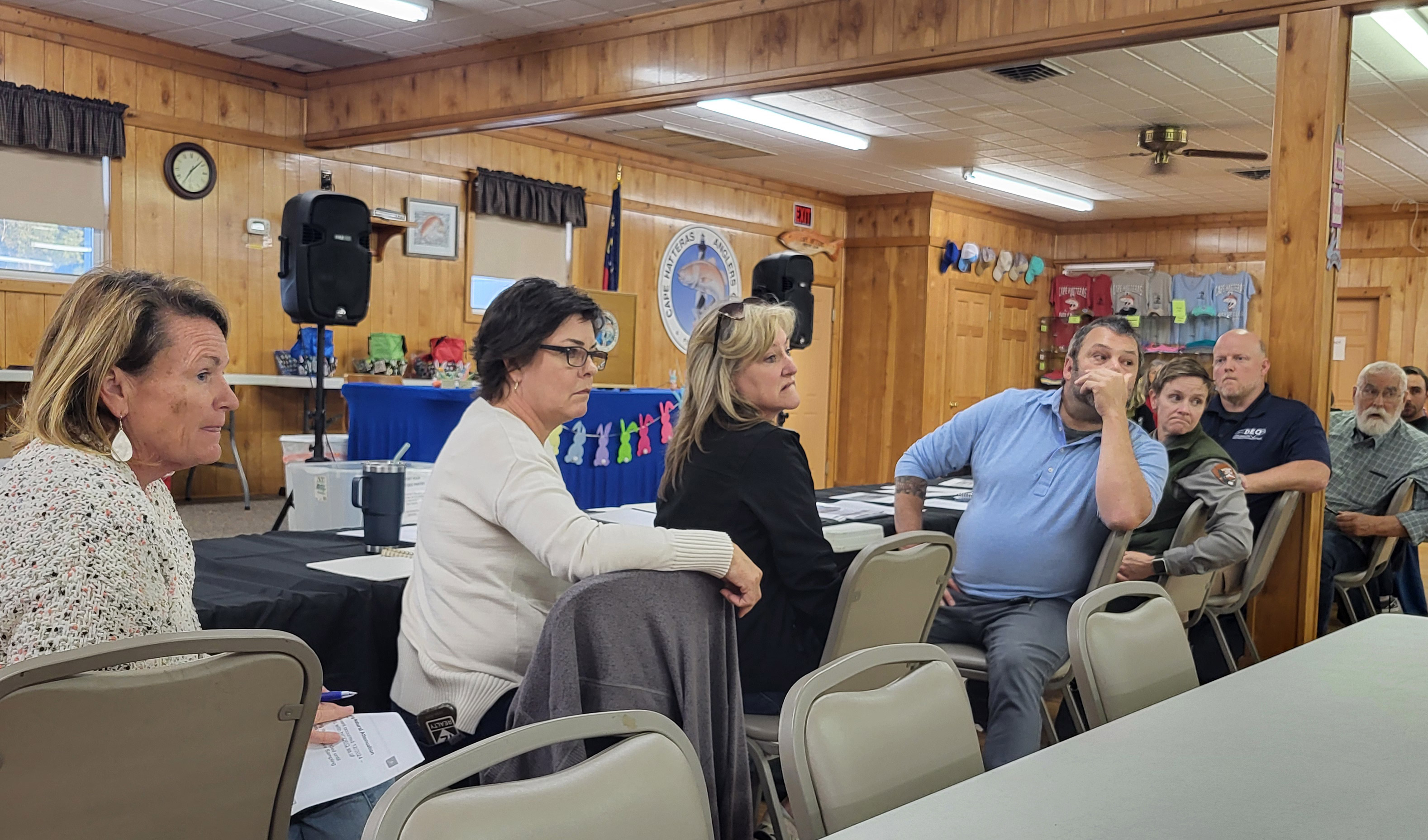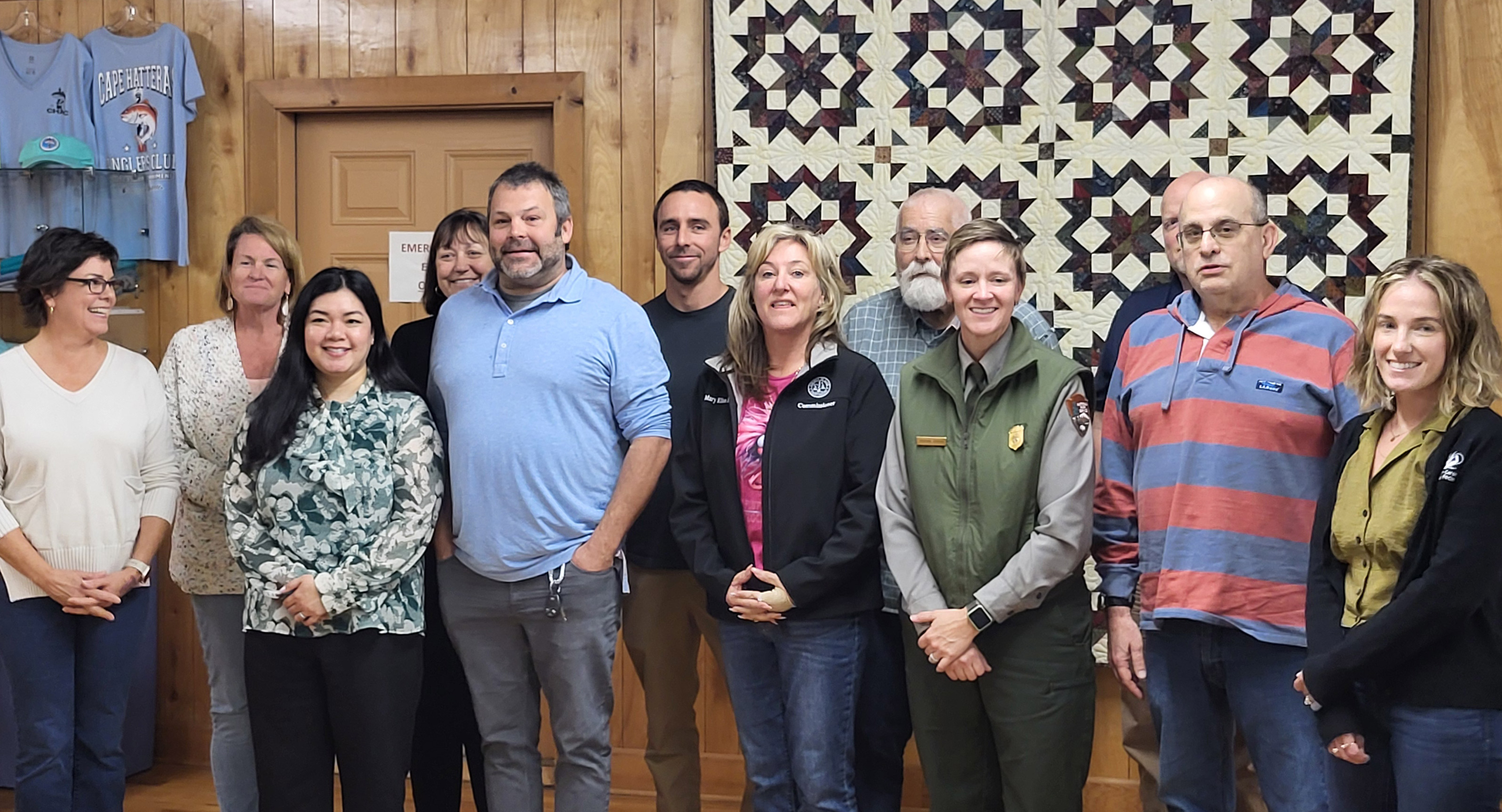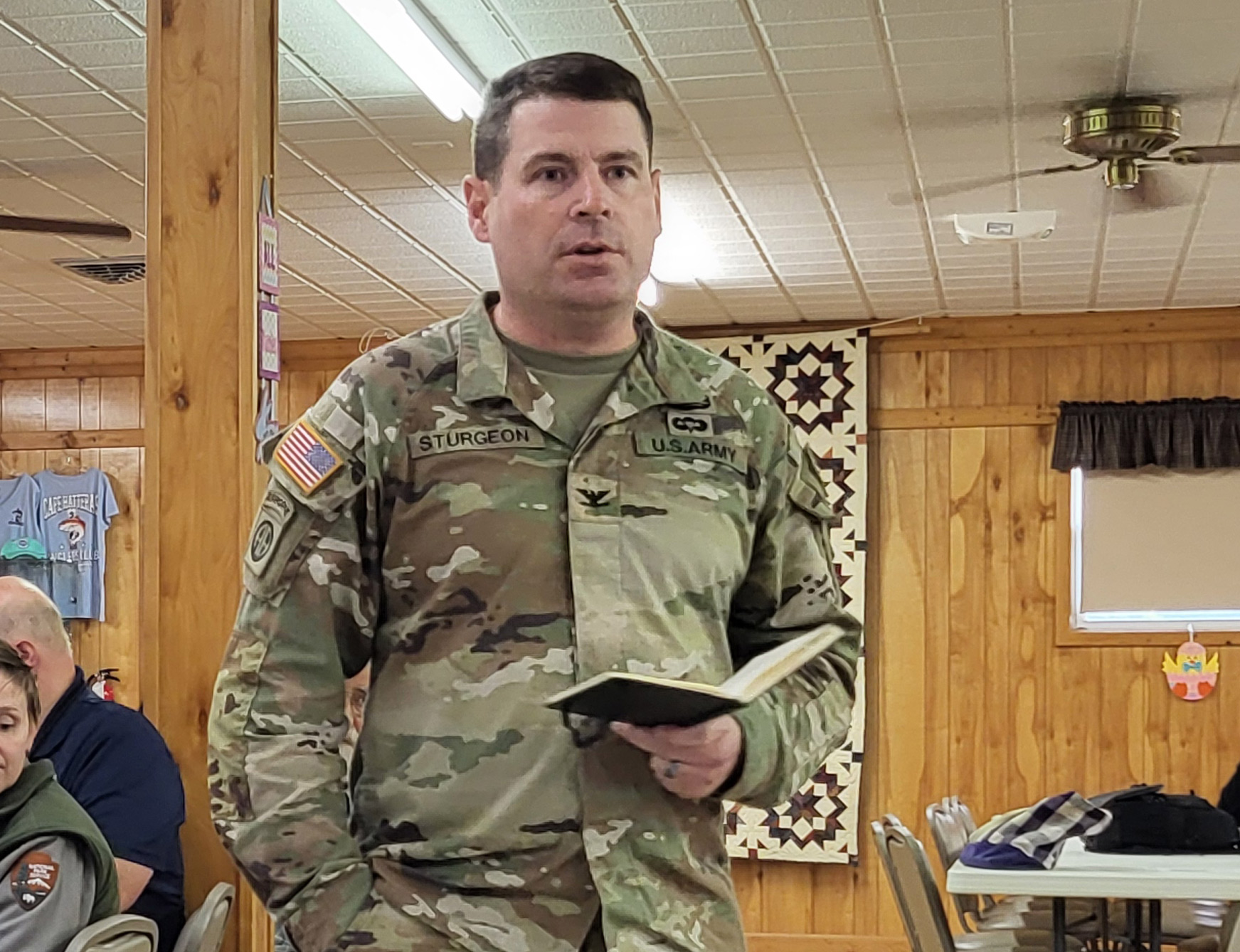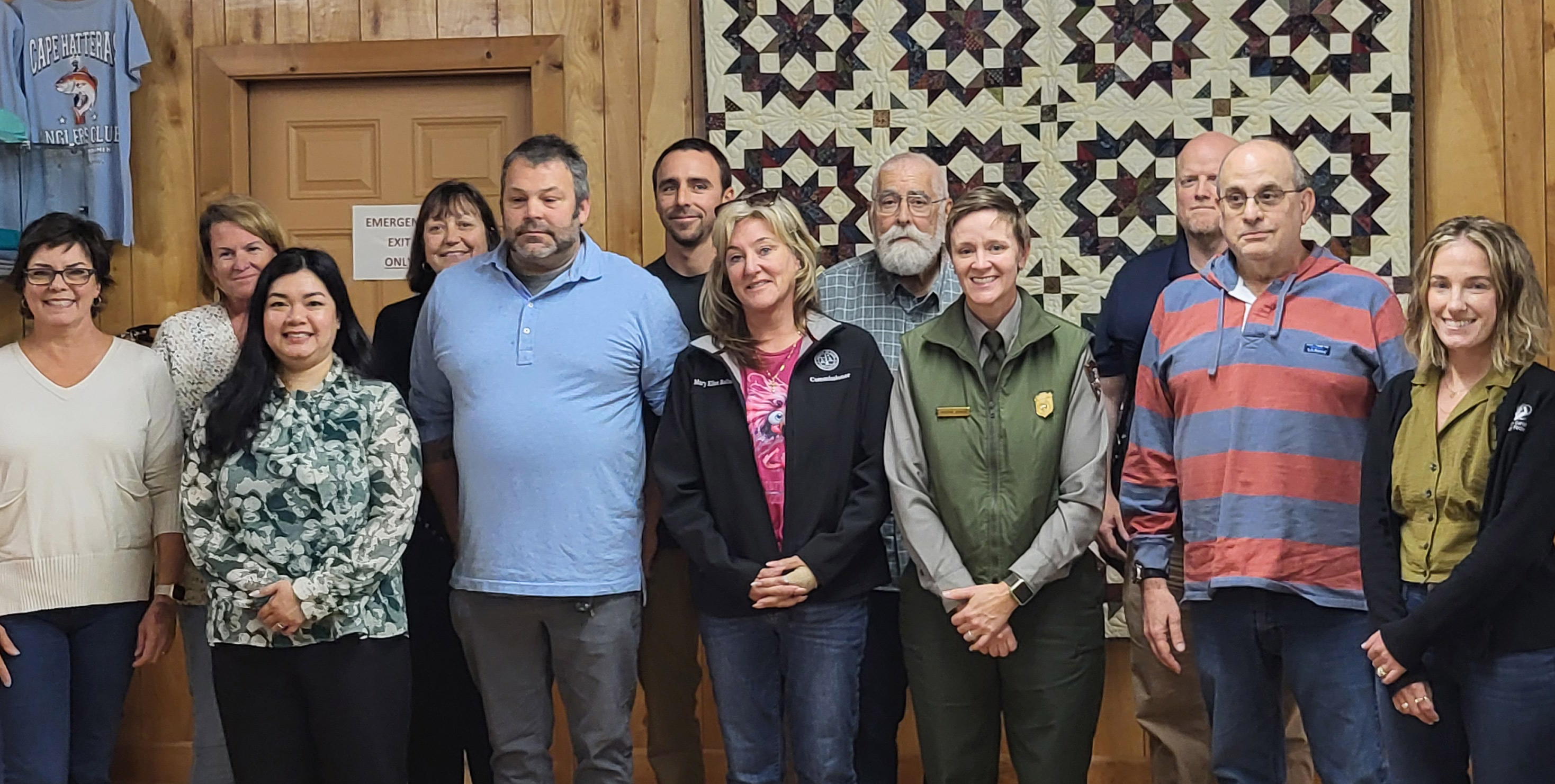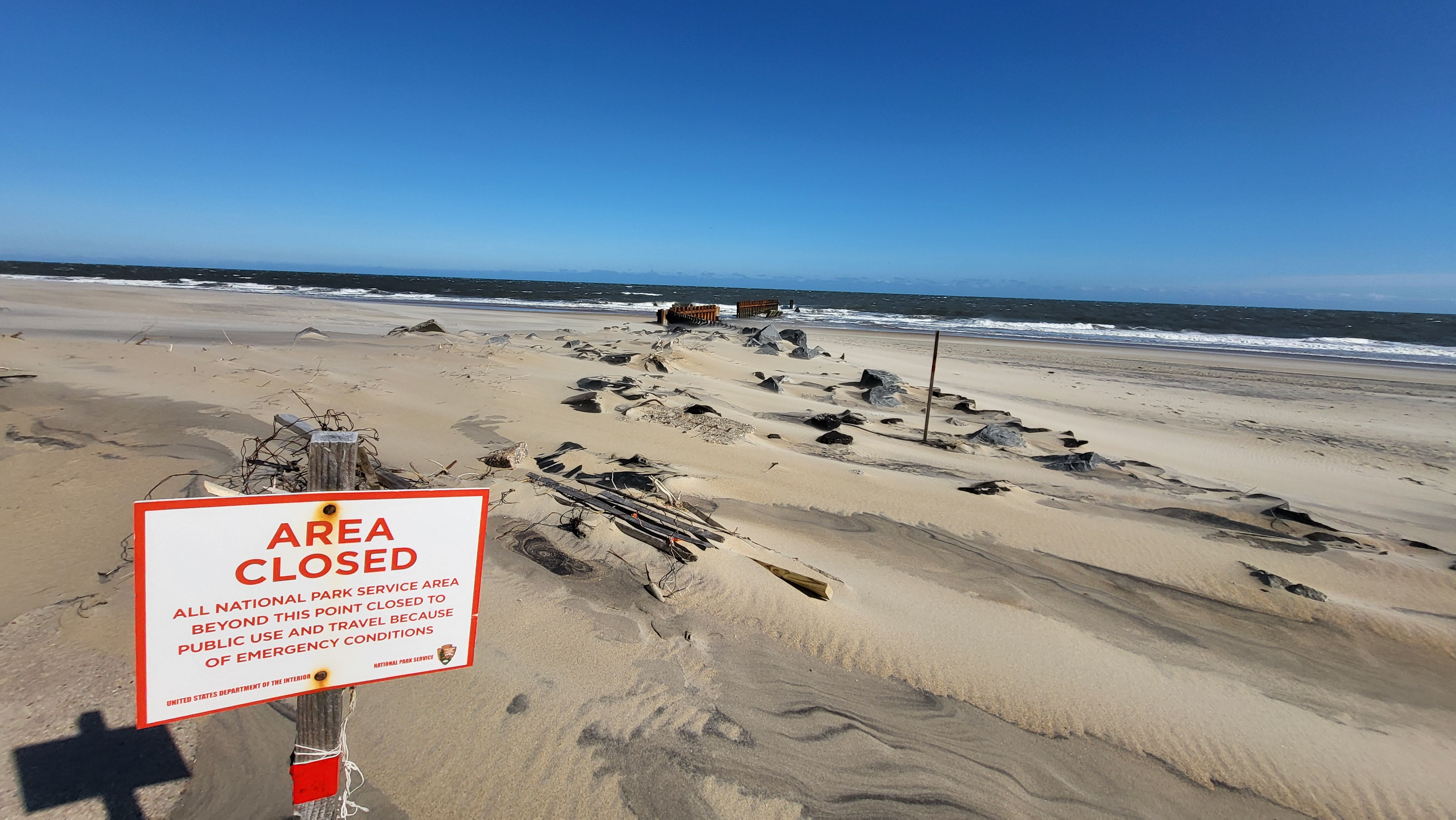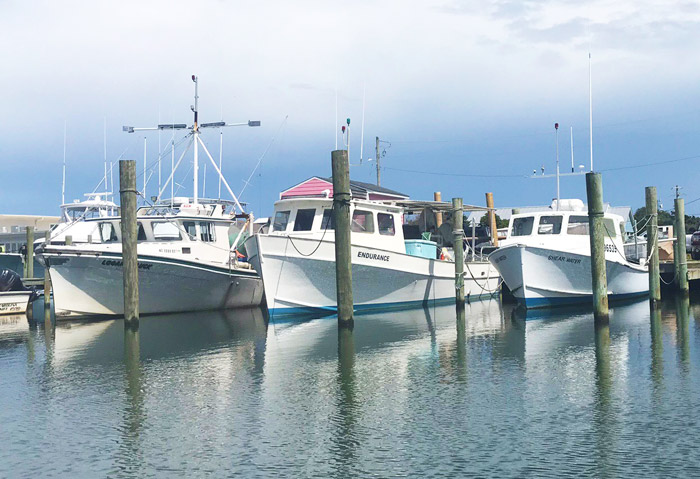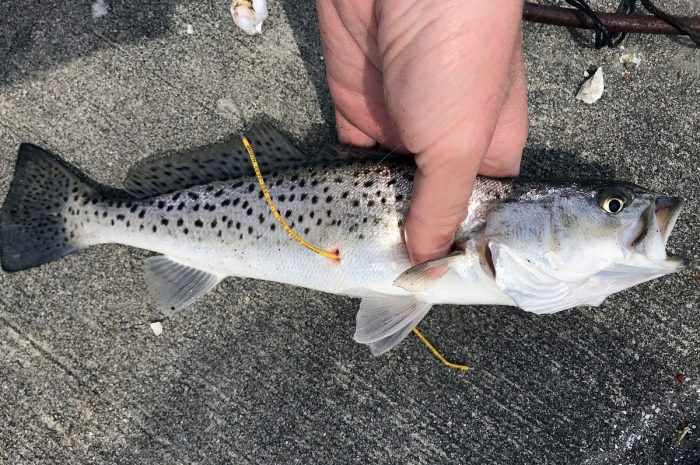New Bycatch Reduction Devices to be Required in Shrimp Trawls in Pamlico Sound
Beginning in the summer of 2019, new gear configurations will be required in shrimp trawls used in some waters of the state, including the Pamlico Sound.
The N.C. Marine Fisheries Commission voted on Thursday, May 18, to require fishermen to use one of four gear combinations identified by a recent collaborative study that aims to reduce finfish bycatch by least 40 percent.
The new gear configurations will be required in all shrimp trawls, except skimmer trawls, used in inside waters where greater than 90-foot headrope length is allowed. (This includes the Pamlico Sound and portions of Core Sound, the Pamlico River and the Neuse River).
The director of the Division of Marine Fisheries will issue the requirement via proclamation to take effect on July 1, 2019. The motion was passed unanimously by the commission, after more than three hours of discussion at their May meeting.
The study, which was a collaboration between the Division of Marine Fisheries, NOAA Fisheries, N.C. Sea Grant and the commercial shrimp trawl industry, came about from a management strategy adopted by the commission in February 2015 as part of the Shrimp Fishery Management Plan. The strategy called for three years of industry testing of various gear configurations to reduce bycatch to the greatest extent practicable, with a 40-percent target reduction goal. The testing was to be conducted by a stakeholder group consisting of fishermen, net and/or gear manufacturers and scientific and/or gear specialists.
The four new gear configurations that achieved at least 40 percent finfish bycatch without significantly reducing shrimp catch were:
Double federal fisheyes used with a 1 7/8-inch stretch mesh tailbag and a 4-inch spaced bar turtle excluder device. (Achieved a 40.8-percent finfish bycatch reduction with a 1-percent increase in shrimp.)
Double federal fisheyes used with a 1 3/4-inch stretch mesh tailbag and a 4-inch spaced bar turtle excluder device. (Achieved a 57.2-percent finfish bycatch reduction with a 12.1-percent decrease in shrimp.)
Double federal fisheyes used with a 1 3/4-inch stretch mesh tailbag and a 3-inch spaced bar turtle excluder devise. (Achieved a 44.9-percent finfish bycatch reduction with a 4.9-percent decrease in shrimp.)
A single state fisheye used with a 1 3/4-inch stretch mesh tailbag and a Virgil Potter bycatch reduction device. (Achieved a 44.3-percent finfish bycatch reduction with a 5.5-percent decrease in shrimp.)
The commission also voted to continue the shrimp industry workgroup and explore funding options for more studies, to survey fishermen to determine what bycatch reduction devices the shrimp trawl industry currently uses, and to begin development of Amendment 2 to the Shrimp Fishery Management Plan.
The commission instructed the division to acquire independent peer reviews of all reports on the three-year study, which the division is already in the process of doing, and to re-evaluate the results following the peer reviews.
In other business, the commission also voted to:
Approve nominations for Region 4 Strategic Habitat Areas for inclusion in the Coastal Habitat Protection Plan.
Request the chairman appoint an advisory committee, consisting of the three recreational seats of the Marine Fisheries Commission and the science seat of the Marine Fisheries Commission, to provide advice on projects and grants issued using Coastal Recreational Fishing License trust funds.
Send a letter to the governor and the legislature asking that they institute a Land or Sell Permit for North Carolina residents who hold federal permits that costs no more than a N.C. Standard Commercial Fishing License.


